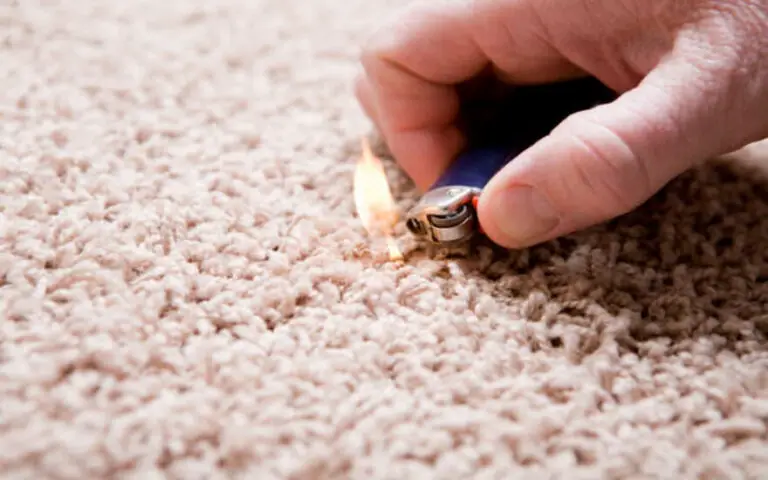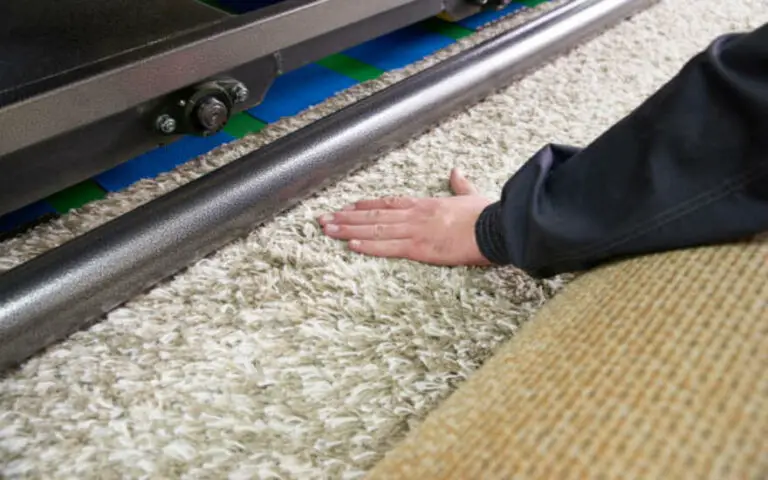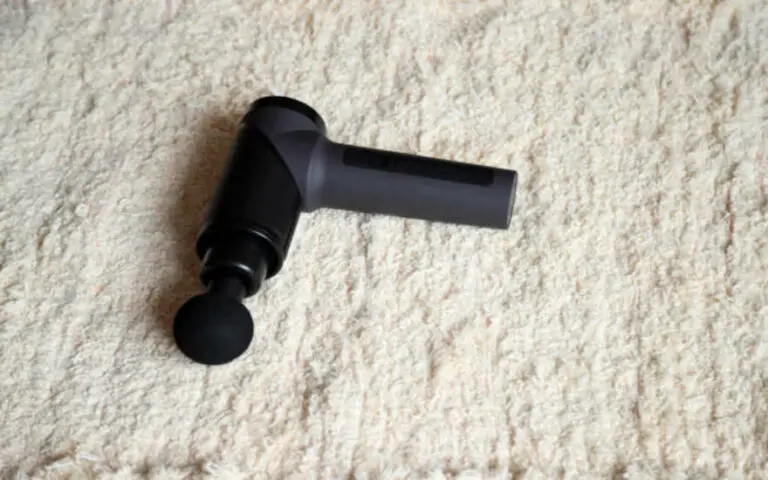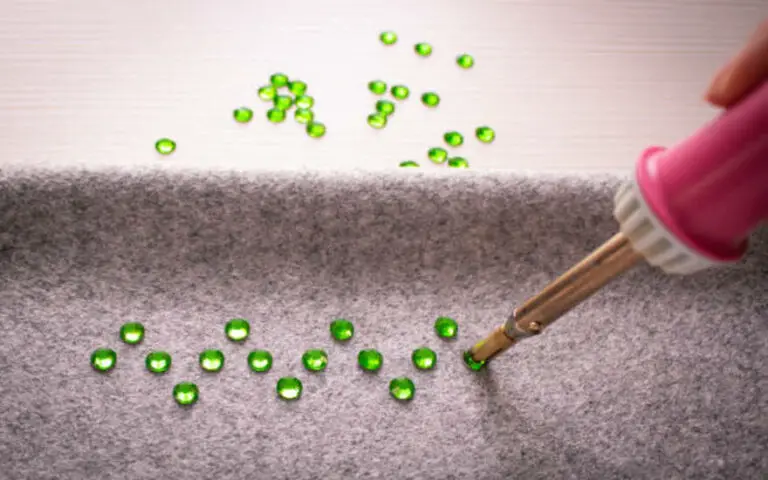I’ll explain the science behind considering on the rug and discuss whether or not it makes a difference.
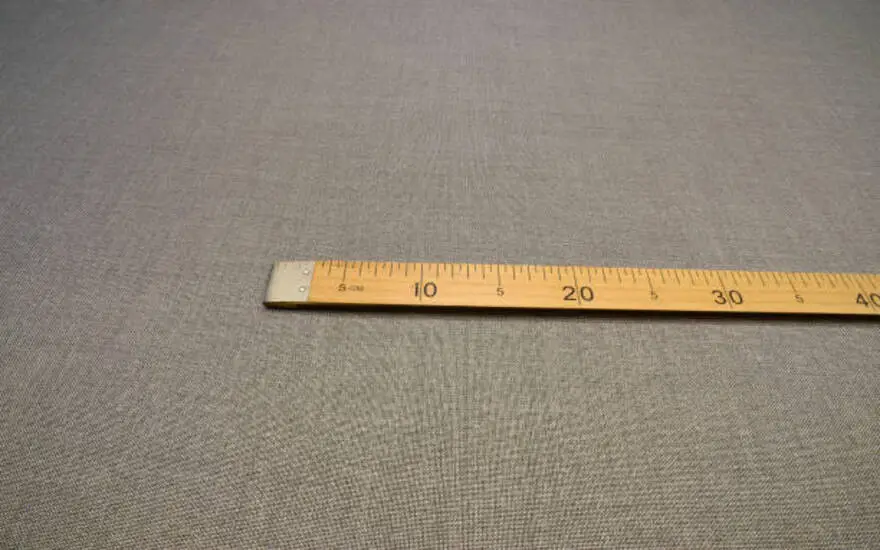
What Is Carpet Weighing?
Carpet weighing is stepping on a bathroom scale while on a carpeted surface. It is important to note that different types of carpets can affect the accuracy of your weight readings. Thick, dense mats can compress the fibers, resulting in an inaccurate measurement.
Carpets also absorb and redistribute weight, so this can also affect your readings. It is essential to use a scale designed to be used on carpeted surfaces to ensure that the lessons are as accurate as possible. Additionally, you should ensure that your scale is placed on a level surface for the most accurate readings.
What Are The Potential Problems of Weighing On Carpet?
Weighing on carpet can present a few potential problems. Firstly, the carpet fibers can compress due to the force of the weight, which may cause an inaccurate reading. Secondly, the scale can shift around on the soft surface, leading to inconsistent readings and potentially increasing the risk of injury.
Furthermore, the carpet may influence weight readings by providing an additional cushioning effect that can make it appear like you weigh less than you do. Therefore, if accuracy is essential, level surfaces such as a hard floor or a solid platform are best-considering firms.
#1 The Accuracy of Weight Measurements
When it comes to accurately measuring your weight, weighing on a carpet can be somewhat tricky. While it’s true that mat helps absorb the force of importance and reduce the impact on your joints, it can also lead to inconsistent readings and potential injury.
Carpet fibers compress under pressure, resulting in an inaccurate reading unless the scales are placed on a firm, level surface. If you choose to weigh on the carpet, make sure you’re using the correct type of scale that can accurately measure your weight with minimal interference from the carpet fibers.
You should also ensure that the scales are properly calibrated and that you’re standing in the correct position for an accurate reading.
#2 Compression of Carpet Fibers
Weighing on a carpet can be tricky as carpet fibers can become compressed daily due to foot traffic. This is known as matting and crushing, and it can affect the carpets’ thickness, pile mass, and recovery characteristics.
As a result, this can cause inaccurate readings when using scales on the mat since the weight is not evenly distributed. This means your weight may appear different on a rug than on a hard floor. It’s important to note that the weight on the complex foot is most likely correct, so if you’re trying to track your weight accurately, it’s best to use a firm, level surface for the most accurate results.
#3 Unstable Readings and Potential Injury
When weighing on a carpet, one must know the risks of inconsistent readings and potential injury. If you are using a standard scale on a carpeted surface, it is possible that the force of your weight could cause the carpet fibers to compress, resulting in an inaccurate reading.
Additionally, because the scales are not firmly positioned on the ground, you may be reeling or tipping over, which can lead to injuries. Furthermore, pressing down too hard when weighing yourself can lead to an inaccurate reading due to the over-compression of the carpet fibers.
To avoid these issues, it’s essential to use a scale specifically designed for use on carpets and to be cautious when standing on the scale.
How Does Carpet Influence Weight Readings?
When it comes to weight readings, carpet can make a difference. The soft, cushioning surface of the mat absorbs some of the force of your weight and gives a lighter lesson than if you stepped on a hard surface.
This is why ensuring that your scales are on an even, level surface is essential if you want the most accurate reading. Additionally, carpet can cause fibers compression, leading to inconsistent readings and potential injury. Ultimately, weighing yourself on a firm, level surface for the most accurate results is best.
Which Is More Accurate: Weighing on Carpet or A Firm, Level Surface?
When weighing yourself accurately, the type of surface you’re standing on can make a big difference. Entertaining on a carpet can cause the scale to give an inaccurate reading due to compression of the fibers and unstable readings.
A firm, level surface will always be the more accurate option regarding weight readings. However, the carpet does offer several advantages when it comes to weighing yourself. The mat helps absorb the force of your weight, reducing the stress on your joints and helping you maintain a better posture.
If you’re using a digital scale with a calibration feature, you can also use this to help ensure that your weight readings are accurate when using carpet.
Are There Other Factors That Can Affect Your Weight Readings?
Yes, other factors can affect your weight readings besides weighing on a carpet. For example, the type of scale you use can make a difference. Some scales are calibrated differently, while others may be more accurate.
Additionally, the environment where you weigh yourself plays a role. If the temperature or humidity changes, this can cause minute fluctuations in your weight. Also, if you consider yourself at different times of the day or after other activities, you may experience changes in your reading.
Lastly, moving the scale from one location to another or moving it around a lot can cause it to lose accuracy and give inaccurate readings. These factors can affect your weight readings and should be considered when weighing yourself.
4 Advantages of Weighing on Carpet
Weighing on a carpet has several advantages, making it a better choice than considering a firm, level surface. The mat helps absorb the force of the weight, reducing the impact on your joints and helping you maintain a better posture.
As a result, it provides an accurate reading of your weight and can benefit people with joint issues or other physical ailments. Furthermore, carpet helps to even out any bumps or dips in the flooring, so you’ll get more consistent readings than on a hard surface.
Finally, carpet is much softer than hardwood or tile, making the weighing experience more comfortable. To get the most accurate readings when considering a rug, choose a scale of choice
#1 The carpet essentially absorbs the force that is essential to the weight.
When I weigh myself on the carpet, the force of my weight is absorbed by the carpet fibers and spread evenly across the surface. This helps to reduce the impact on my joints when I weigh myself, making it more comfortable than considering a hard surface.
Carpet also helps maintain a better posture as it supports me more evenly than a firm texture. Additionally, this absorption of force can help to provide an accurate reading of my weight, allowing for more precise tracking of my progress.
#2 It reduces the impact on your joints.
Weighing on soft surfaces such as carpets can be beneficial when it comes to reducing the impact on your joints. When you consider yourself on a firm, level surface, the force of your body weight is transferred directly to your feet, ankles, knees, and hips.
This can cause discomfort and even pain if you have existing joint issues. However, when weighing on a carpet, the fibers absorb the force of your weight, meaning there is less strain on your joints. This makes it much more comfortable for those with joint problems.
#3 Carpet helps you maintain a better posture.
When weighing on a carpet, you can benefit from the stability and support it provides to your body. The mat helps absorb the force of your weight, reduces the impact on your joints, and allows you to maintain a better posture while weighing.
This can help you accurately read your weight without straining your body. This is especially important if you suffer from joint issues or have trouble standing for long periods. With carpet, you can avoid putting too much pressure on your joints while getting an accurate weight reading.
#4 It provides an accurate reading of your weight.
Weighing yourself on a carpet has several advantages, including the accurate reading it provides. The mat helps absorb the force of the weight, reducing the impact on your joints and helping you maintain a better posture.
The four fulcrums inside the scale help spread the power over a larger area and ensure an accurate weight reading. This contrasts with weighing yourself on a hard surface, where the emphasis is concentrated in one place, resulting in an inaccurate reading.
Additionally, carpet prevents compression of carpet fibers which can also lead to false readings. Ultimately, by weighing yourself on the mat, you get a more accurate result than if you consider yourself on a hard surface.
What Are The Best Types of Scales To Use On Carpet?
When weighing on the carpet, specific scales are better suited than others. Digital scales with flat, stable surfaces are best for accurate readings. Look for rankings with adjustable feet or leveling bubbles to help ensure proper balance and accuracy.
Make sure the scale can detect changes in weight up to 0.1 kilograms (or 0.2 pounds). If you want to use mechanical scales, look for ones designed for carpet use, as they will be more accurate and reliable than standard models. Finally, please ensure the scale you choose is rated for the weight you’ll use it for. This will provide an accurate reading every time you step on the scale.
Summary
In summary, weighing on the carpet can affect your weight readings. The mat helps absorb the force of your weight, reducing the impact on your joints. It also enables you to maintain a better posture, which can result in an accurate weight reading.
Other factors can affect your weight readings, such as compression of carpet fibers and inconsistent readings, and potential injury. To get the most accurate reading when weighing on the carpet, it’s best to use a scale with a low profile and low center of gravity. Consider yourself on a firm, level surface for the most accurate results.


